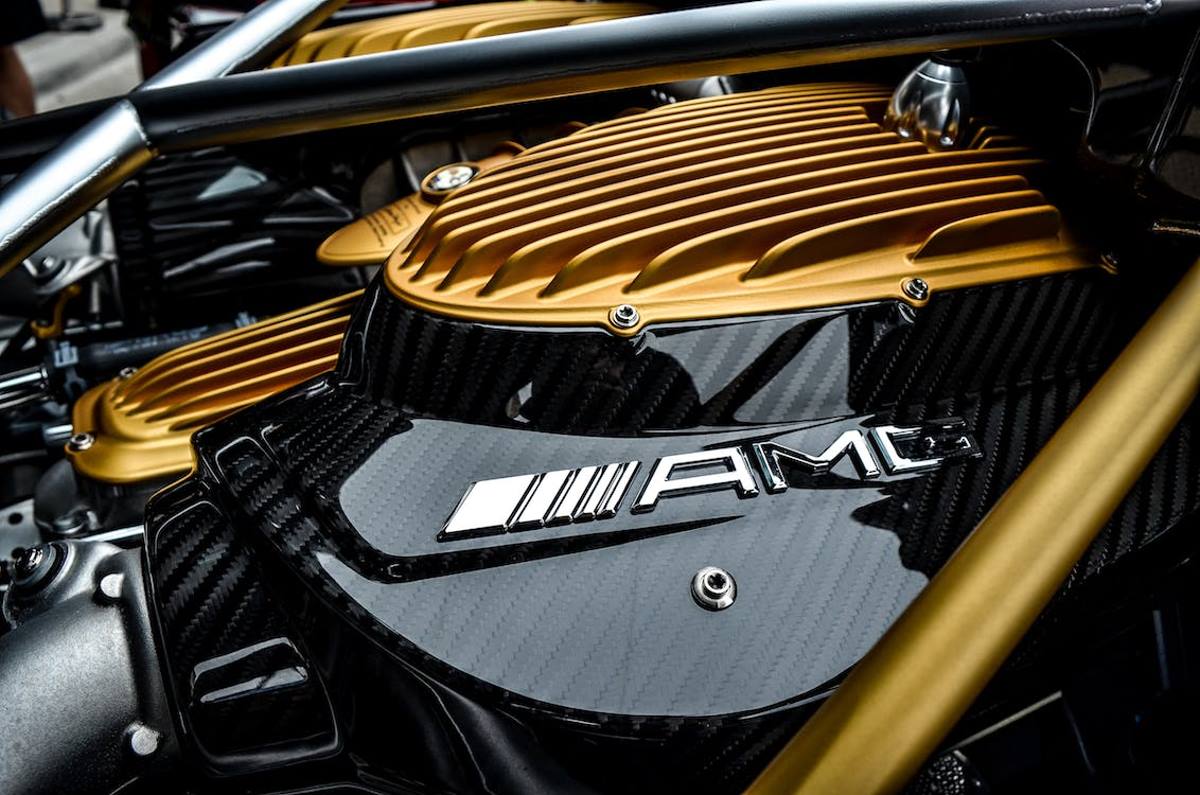5 Types of Machines and Tools Used to Manufacture Car Parts
Car parts are made using a variety of materials, and come in all shapes and sizes, so the array of different tools and machinery involved in creating them is just as varied.
To showcase the scale and complexity of automotive manufacturing, both for road-going cars and motorsport-focused vehicles, here’s a look at some of the main types of equipment involved, and what makes each example special.
The Power of the Hydraulic Press Machine: How It’s Used to Manufacture Car Parts
Hydraulic press machines are a staple in car parts manufacturing, and for good reason. They provide immense force with precision control, allowing manufacturers to create complex shapes and components with accuracy and speed. This is especially important when working on tight tolerances that require high levels of detail.
With hydraulic presses you can produce strong metal parts like frames or suspension components faster than ever before, ensuring shorter production times while maintaining quality standards in motorsport and consumer applications.
The power behind these machines helps keep costs down as well – another great benefit for racing teams who need durable yet cost-effective solutions. So if you’re looking to renew your old press machine, a quality second hand example should fit the bill.
Turning Automation Up a Notch with CNC Machines and Lathes
CNC machines provide car manufacturers with an automated approach to making car parts. These computer-controlled systems allow for complex designs, shapes, and features that can be quickly replicated at scale. This makes them great for creating components such as brake calipers or exhaust manifolds which must meet performance standards while also being lightweight and cost effective.
Moreover, lathes are used in tandem with CNC technology to create intricate details like threading on fasteners or grooves on steering wheels – all of which require precision workmanship found only through the use of advanced machinery.
Heavy-Duty Drills, Sanders, Grinders & Milling Machines – Working Hard Under Pressure
Drills, sanders and grinders are used to create precise surfaces on car parts. These machines can be used for a variety of tasks such as cutting holes in frames or grinding down excess material. They ensure that motorsport components maintain their function when put under extreme pressure at high speeds, such as in F1.
Similarly milling machines can be trusted to accurately shape complex details like gear teeth or shock absorber mounts which require dimensional accuracy with tight tolerances. This isn’t something we could ever hope to replicate with manual tools or processes.
Innovative Robotics Systems Enhancing Quality Manufacturing Efficiency
Robotics systems are making their way into the motorsport manufacturing industry, and they’re here to stay. These powerful machines can be programmed with complex instructions which allow them to work quickly and accurately on large scale projects. Better yet, using robotics means that human workers can be kept out of harm’s way, reducing the chances of on-site injuries, which is just as important as on-track safety.
Beyond that, robotics technology is being developed to help further automate production lines in order to reduce costs while maintaining quality control standards – meaning more reliable car parts at lower prices across the board.
Making it Sparkle: Buffers and Polishers for Finishing Touches
After all the hard work, auto components need to look their best. This is where buffers and polishers come in.
These machines can be used to give car parts a smooth surface finish that reflects light perfectly. This is also an important factor when it comes to aerodynamics, which is relevant both for competitive racing as well as for fuel economy on the open road.
Moreover, these tools are great at removing any imperfections or blemishes while preserving the overall integrity of the component itself. So, as you can see, all sorts of machinery are needed to manufacture car parts, from the very small or purely decorative, to the large and structural.
